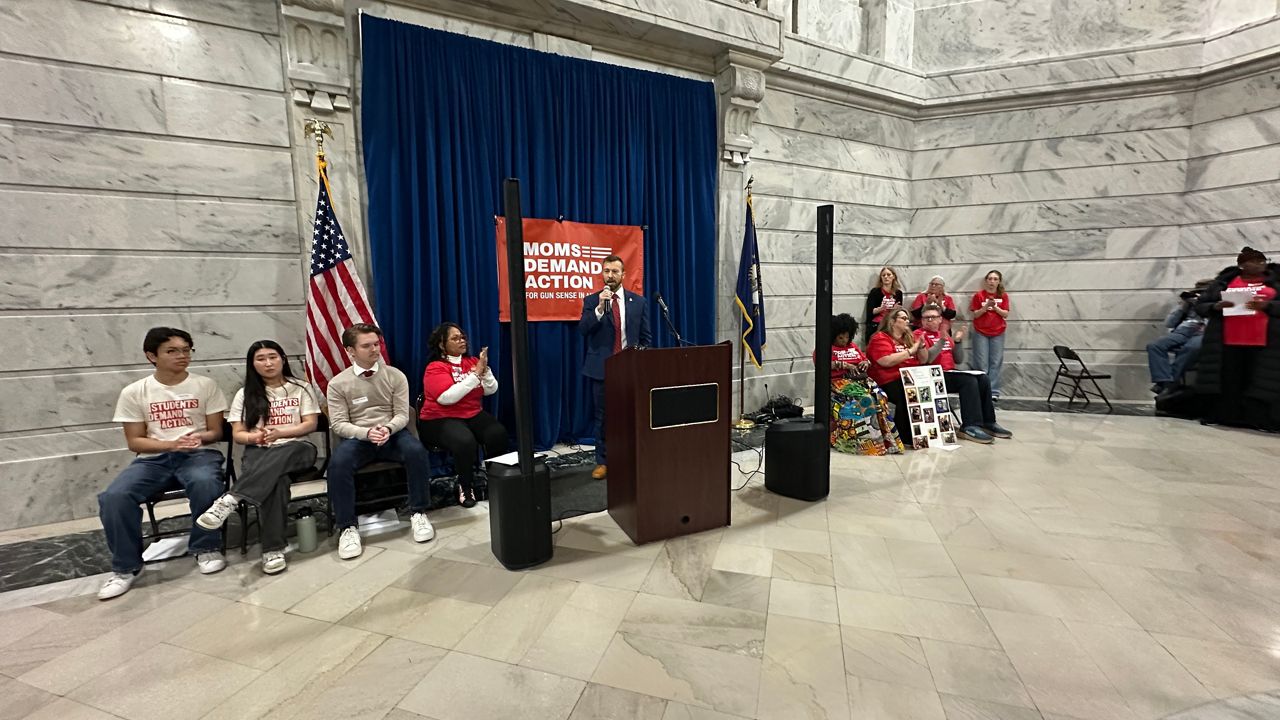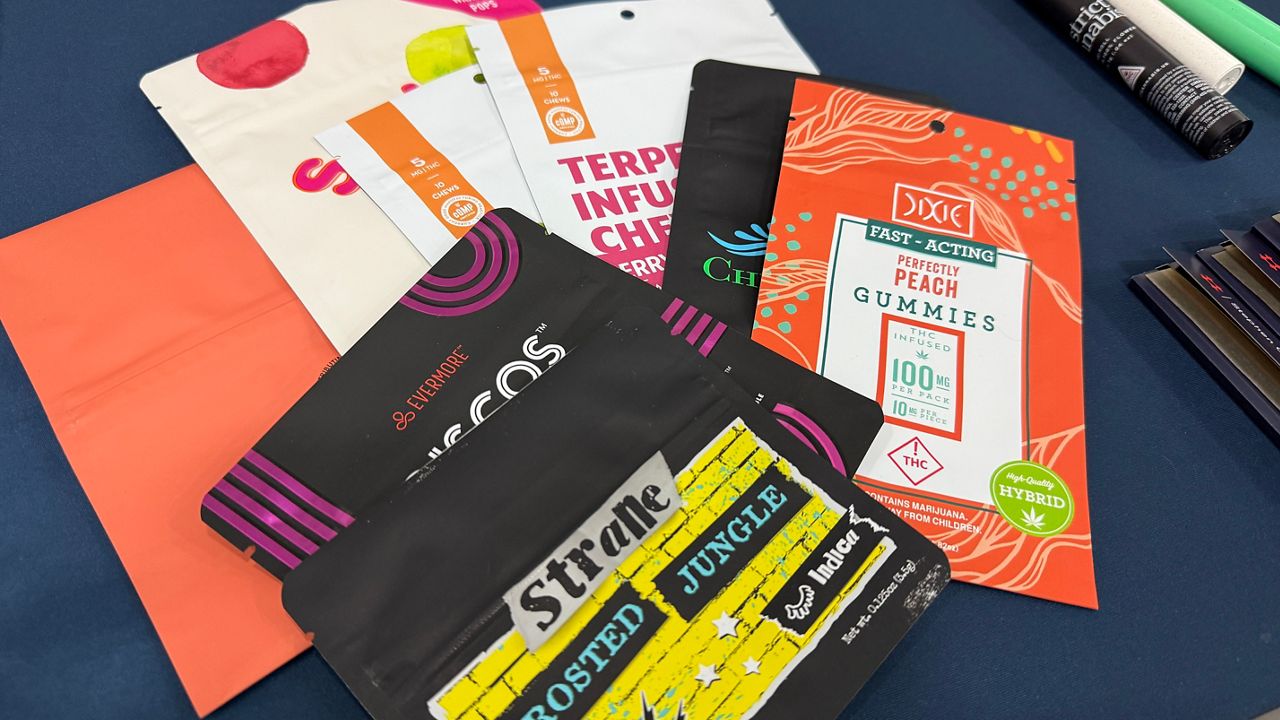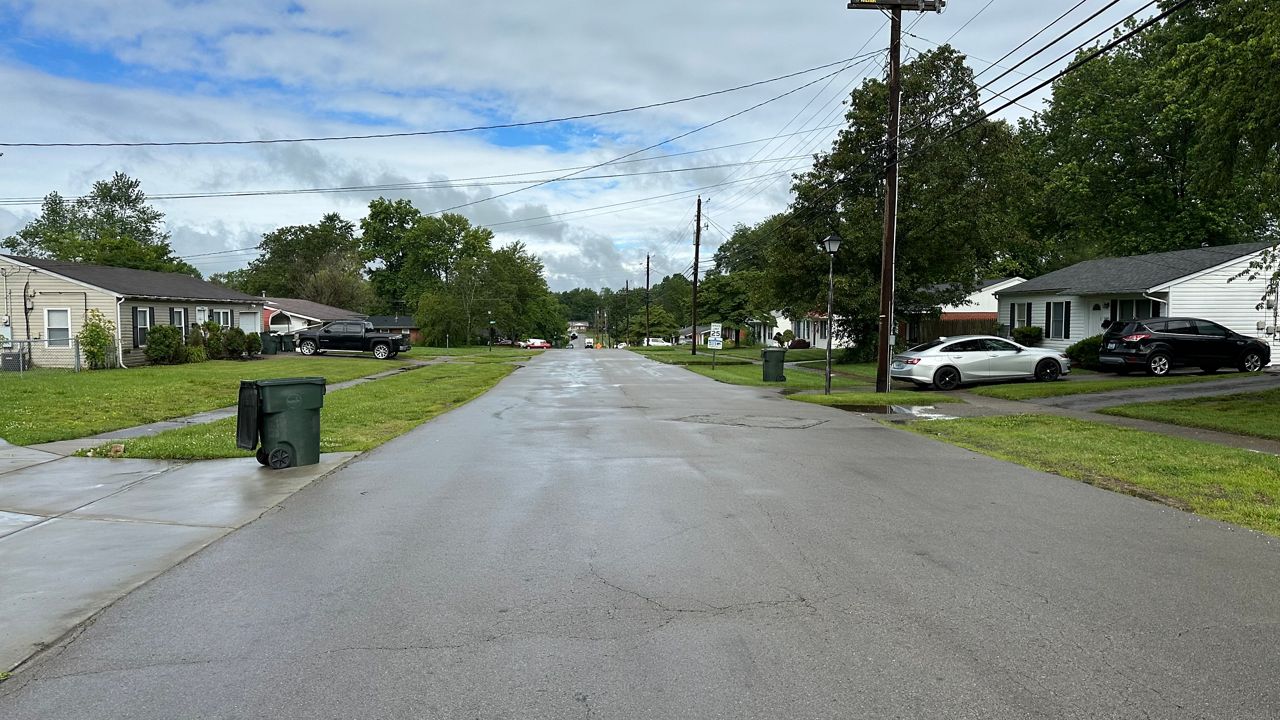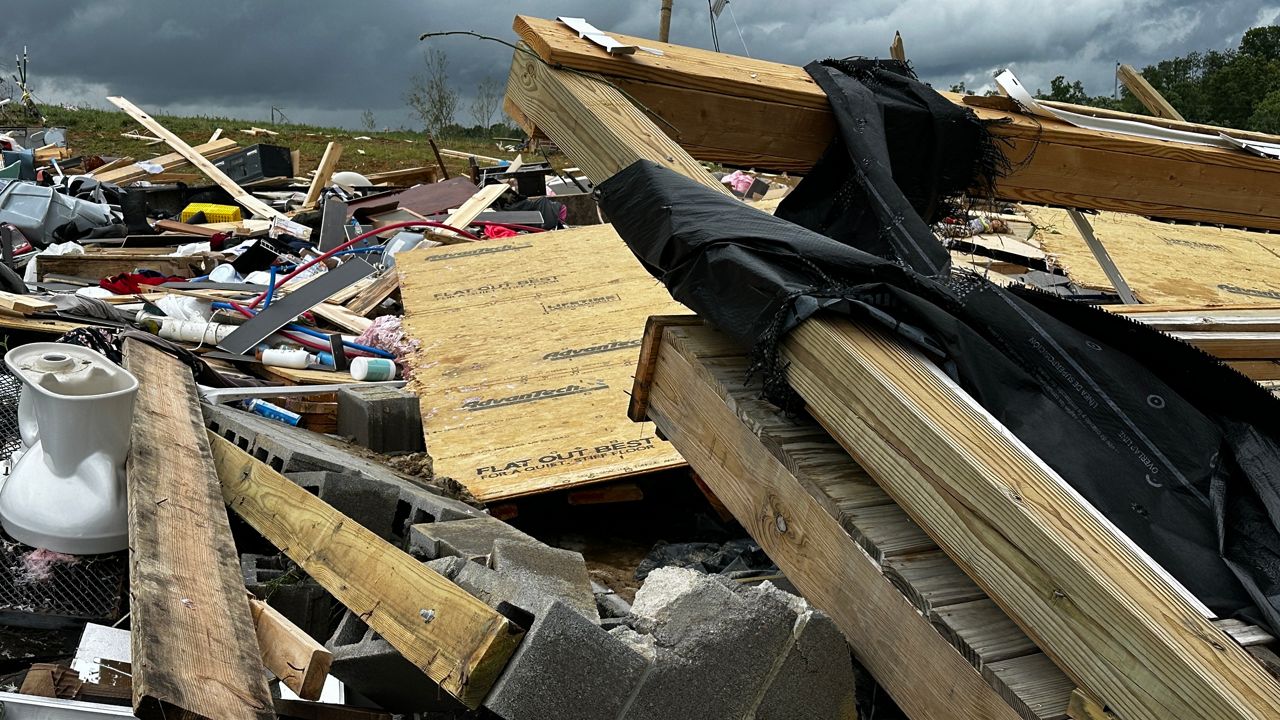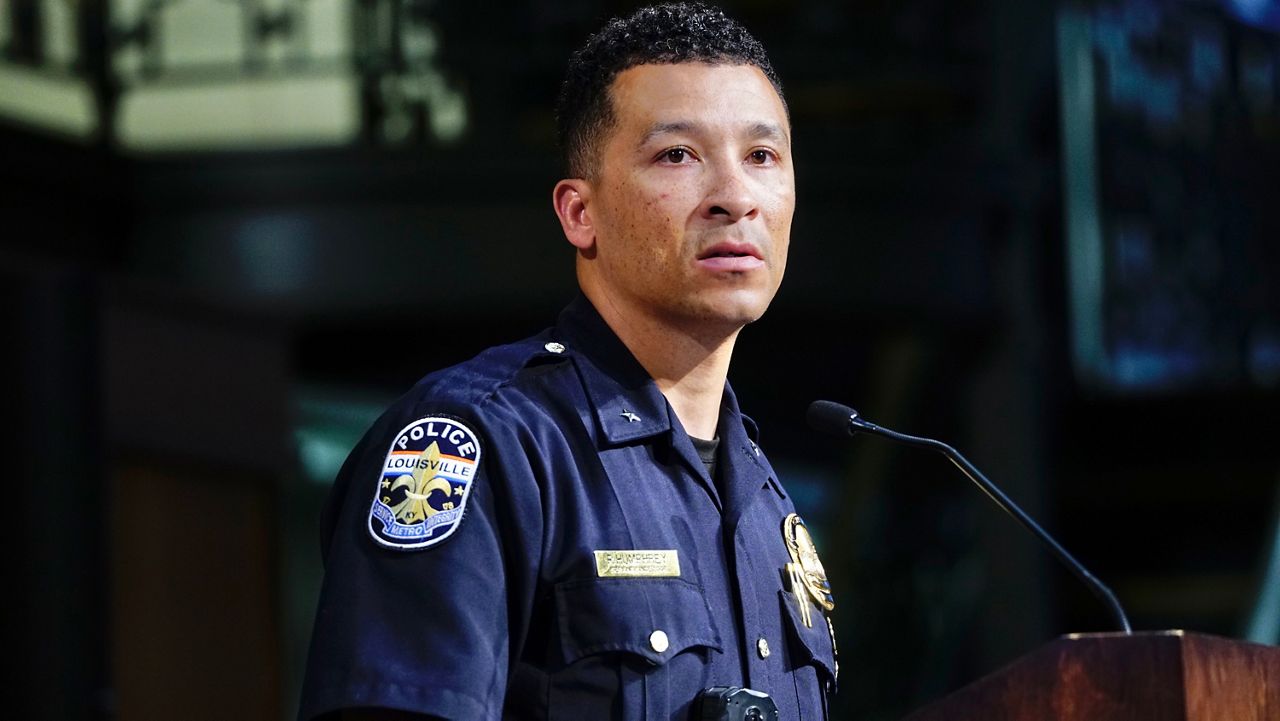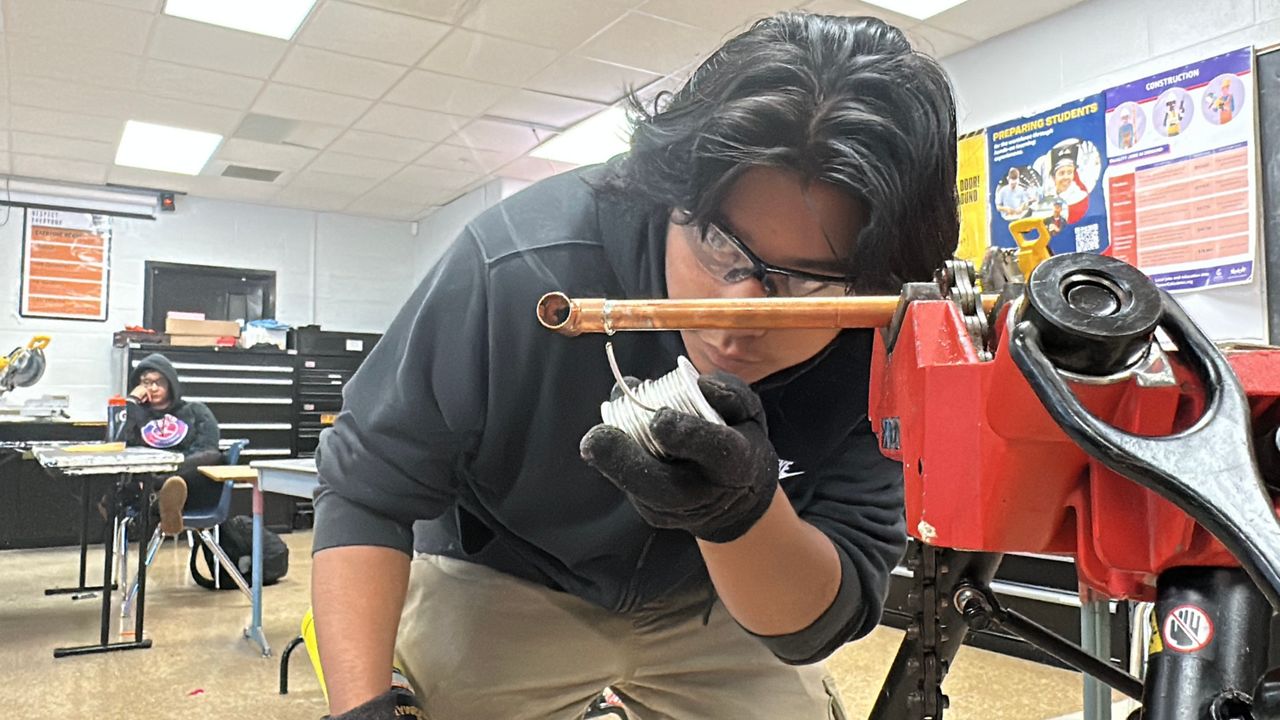LOUISVILLE, Ky. — As thousands of people visit Louisville for the 151st running of the Kentucky Derby, city leaders said it's critical to look out for signs of human trafficking.
According to a Polaris analysis of 2021 data from the National Human Trafficking Hotline, more than 10,000 situations of human trafficking were reported to the U.S. National Human Trafficking Hotline involving more than 16,000 individual victims.
Amy Nace-DeGonda, director of the Bakhita Empowerment Initiative at Catholic Charities of Louisville, said those numbers only scratch the surface of the problem.
“People tend to think, 'OK, it's happening at Derby while there might be some of an influx of trafficking happening during bigger events,' and then it all leaves," Nace-DeGonda said. "That's not the case. Trafficking is happening every day in our community."
The Bakhita Empowerment Initiative at Catholic Charities of Louisville has been working since 2008 to bring awareness to trafficking. BEI has launched a new initiative, the Training Institute at Bakhita, offering high-level training to those in specific industries.
“The reason we're doing this is because we have seen a need in the community to increase our understanding of what trafficking is and specifically for professionals that may come across this,” Nace-DeGonda said.
Kelly Jones, deputy director of Louisville Metro Emergency Services, said both locals and visitors need to be vigilant.
“Please watch out for any signs of human trafficking," Jones said. "Take a group photo of the people you're with in case you get separated. You never know what could happen, and particularly with children, take a photograph that shows law enforcement agencies what the child looks like, exactly what they were wearing, or anybody else in the group that gets separated."
"Document that for safety reasons. This is a premier opportunity for some of those who would prey on our population. And it goes back to, if you see something, say something."
Nace-DeGonda said she wants people to understand that human trafficking doesn’t only happen at major events.
“If we think that it's only occurring during one time in our city, then we're doing a disservice to people who are being exploited,” Nace-DeGonda said.
When people are getting connected to services, it decreases the likelihood of them being re-victimized again or re-trafficked. she added.
Those who see something should call the National Human Trafficking Hotline or 911 if someone is in immediate danger.


